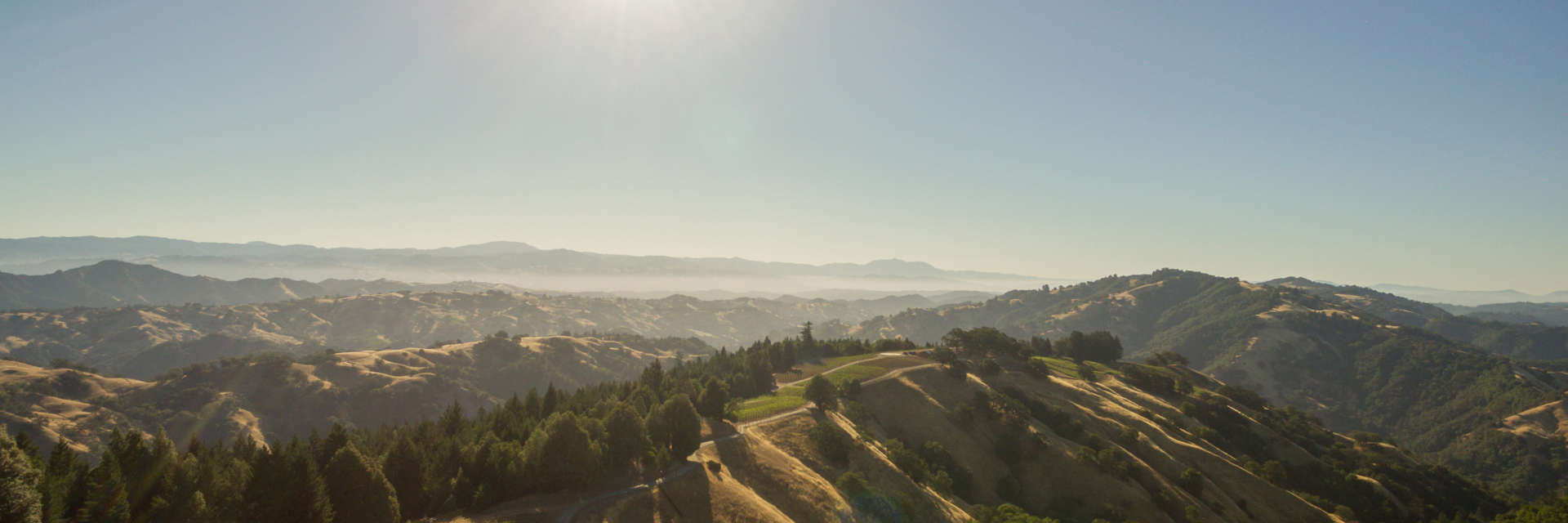
Our journey began over ten years ago as a quest to find answers to two intriguing questions
Why has the great Nebbiolo grape seen such little success outside of Italy?
And
Could there be little known grape varieties capable of producing truly great wine that are a better fit for the climate of some of California’s most promising mountain soils?
Searching for the answer to these questions resulted in a multi-year quest that led us across diverse areas of Italy including Sicily’s Mt. Etna, the Langhe, Alto-Piemonte and even remote areas of Spain and Portugal. Along the way, we met exceptional people that helped us begin to make progress answering these questions.
The first step in furthering our understanding of Nebbiolo was to characterize the soil and climate of the regions where it excels. While some might think that the grape requires calcareous soils, Nebbiolo has produced amazing and ageworthy wines from a wide variety of soil types, ranging from marl to granite to schist, and a variety of geographic locations, including the Langhe, Alto-Piemonte and even Corsica. Clearly a specific soil is not the common element in great Nebbiolo. Instead, as a great Piemontese agronomist explained to us, Nebbiolo requires some very specific climatic conditions. In particular it needs cool days to preserve freshness and complexity and very warm nights to bring the acidity and sugar into perfect balance. Slowly, it became clear that the relative rarity of these climatic conditions could explain why the New World has struggled to produce exceptional examples of this very noble grape.
The success of well-known French grape varieties in California has been the result of decades of experimentation as well as market forces. French wine has long been well known to the English speaking world, making the wines an easy sell to customers. Meanwhile, it is estimated that there are at least 3000 grape varieties existing in Italy alone. These grapes are the result of thousands of years of cross pollination, hybridization and selection for local conditions. While sifting through some of the best examples, we tasted many great wines but one variety in particular stopped us in our tracks. Grown high on the cool eastern slope of Sicily’s volcano, Mount Etna, we found an obscure, at least at the time, white wine grape called Carricante. Though only a few acres planted exclusively to Carricante existed in the world, there were many vintages of wine that demonstrated that this was truly one of the world’s greatest white wine grapes. Even more exciting, these exceptional white wines were grown in a climate that was notably warmer than France’s well-known regions for white wine.
Temperature
Temperature
Temperature
Aeris, Latin for air or climate, is the result of this journey. A journey that led us to an ideal ridgetop for growing Nebbiolo in a remote mountainous area of northern Sonoma County. It led us to the town of Milo, the “Grand Cru” region for Carricante on the Etna volcano. It led us to Montelaguardia an exceptional northern slope area for Nerello Mascalese with 100 year old vines. And it drove us to bring grapes into California that have never been grown here before.
